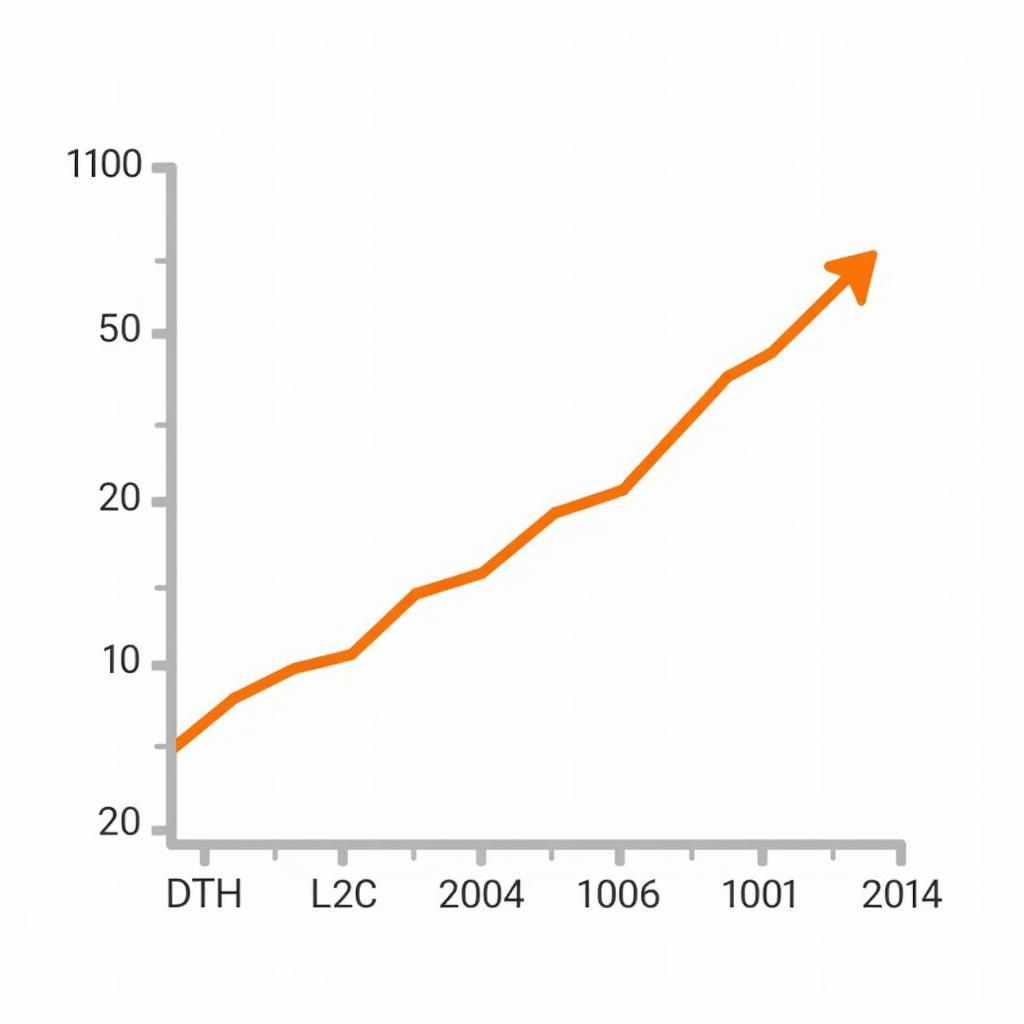ASEAN becomes China’s top trade partner, signifying a significant shift in global trade dynamics as supply chains evolve. This development underscores the growing economic interdependence between China and the Southeast Asian bloc, driven by factors such as geographical proximity, preferential trade agreements, and the diversification of manufacturing bases. The evolving supply chain landscape has played a crucial role in cementing this partnership.
The Rise of ASEAN in Global Trade
The ascension of ASEAN to China’s top trade partner is not a sudden phenomenon but rather a culmination of several factors. The region’s strategic location, abundant resources, and young, dynamic workforce have made it an attractive destination for foreign investment. Furthermore, ASEAN’s commitment to regional integration and trade liberalization has fostered a conducive environment for businesses to thrive.
Factors Driving the China-ASEAN Trade Partnership
Several key factors have contributed to the strengthening of trade ties between China and ASEAN:
- Geographical Proximity: The close proximity of ASEAN nations to China significantly reduces transportation costs and transit times, making it a more efficient and cost-effective trading partner compared to other regions.
- Free Trade Agreements: The ASEAN-China Free Trade Area (ACFTA) has eliminated tariffs on a wide range of goods, further boosting trade volumes between the two regions.
- Supply Chain Diversification: The COVID-19 pandemic exposed the vulnerabilities of relying heavily on single-source supply chains. Businesses have been actively diversifying their manufacturing and sourcing operations, with ASEAN emerging as a prime beneficiary of this trend.
- Growing Consumer Markets: ASEAN’s burgeoning middle class and rising consumer spending power present a lucrative market for Chinese goods and services.
- Infrastructure Development: Significant investments in infrastructure projects across ASEAN, including ports, roads, and railways, have improved connectivity and facilitated trade.
 China-ASEAN Trade Growth Chart
China-ASEAN Trade Growth Chart
How Supply Chains are Evolving
The global supply chain landscape is undergoing a significant transformation, driven by factors such as technological advancements, geopolitical shifts, and changing consumer demands. The rise of e-commerce, automation, and digitalization are revolutionizing the way goods are produced, transported, and consumed. Furthermore, businesses are increasingly prioritizing resilience and sustainability in their supply chain strategies.
ASEAN’s Role in the New Supply Chain Paradigm
ASEAN is well-positioned to play a pivotal role in the evolving global supply chain network. The region offers a diverse range of manufacturing capabilities, competitive labor costs, and a growing network of free trade agreements. Moreover, ASEAN governments are actively promoting initiatives to enhance regional connectivity and improve infrastructure.
“ASEAN’s strategic location, coupled with its commitment to economic integration, makes it a natural hub for supply chain diversification,” says Dr. Wei Liu, a leading economist specializing in Asian trade.
Implications for the Future
The strengthened trade partnership between China and ASEAN is expected to have far-reaching implications for the global economy. This closer economic integration will likely lead to increased investment flows, job creation, and technological innovation. However, it also presents challenges such as managing trade imbalances, ensuring fair competition, and addressing environmental concerns.
“The China-ASEAN trade partnership will be a defining factor in shaping the future of Asian economic integration,” notes Professor Anya Sharma, an expert on international relations.
Navigating the Challenges and Opportunities
As ASEAN becomes China’s top trade partner, both sides will need to navigate the challenges and capitalize on the opportunities presented by this evolving relationship. Strengthening regional cooperation, promoting sustainable development, and fostering greater people-to-people exchanges will be crucial to ensuring a mutually beneficial and prosperous future.
Conclusion
ASEAN becoming China’s top trade partner marks a significant milestone in the evolution of global trade. As supply chains continue to evolve, the China-ASEAN partnership will play an increasingly important role in shaping the future of the global economy. By embracing collaboration and addressing shared challenges, both sides can unlock the full potential of this dynamic relationship and contribute to a more prosperous and interconnected world.
FAQ
- What factors have contributed to ASEAN becoming China’s top trade partner?
- How has the evolution of supply chains influenced this partnership?
- What are the key benefits of the China-ASEAN trade relationship?
- What are the potential challenges associated with this closer economic integration?
- How can China and ASEAN ensure a mutually beneficial partnership in the future?
- What is ACFTA and how does it impact trade between China and ASEAN?
- What role does ASEAN play in the new supply chain paradigm?
Need support? Contact us 24/7: Phone: 0369020373, Email: aseanmediadirectory@gmail.com, or visit us at Ngoc Lien Village, Hiep Hoa, Bac Giang, Vietnam.

